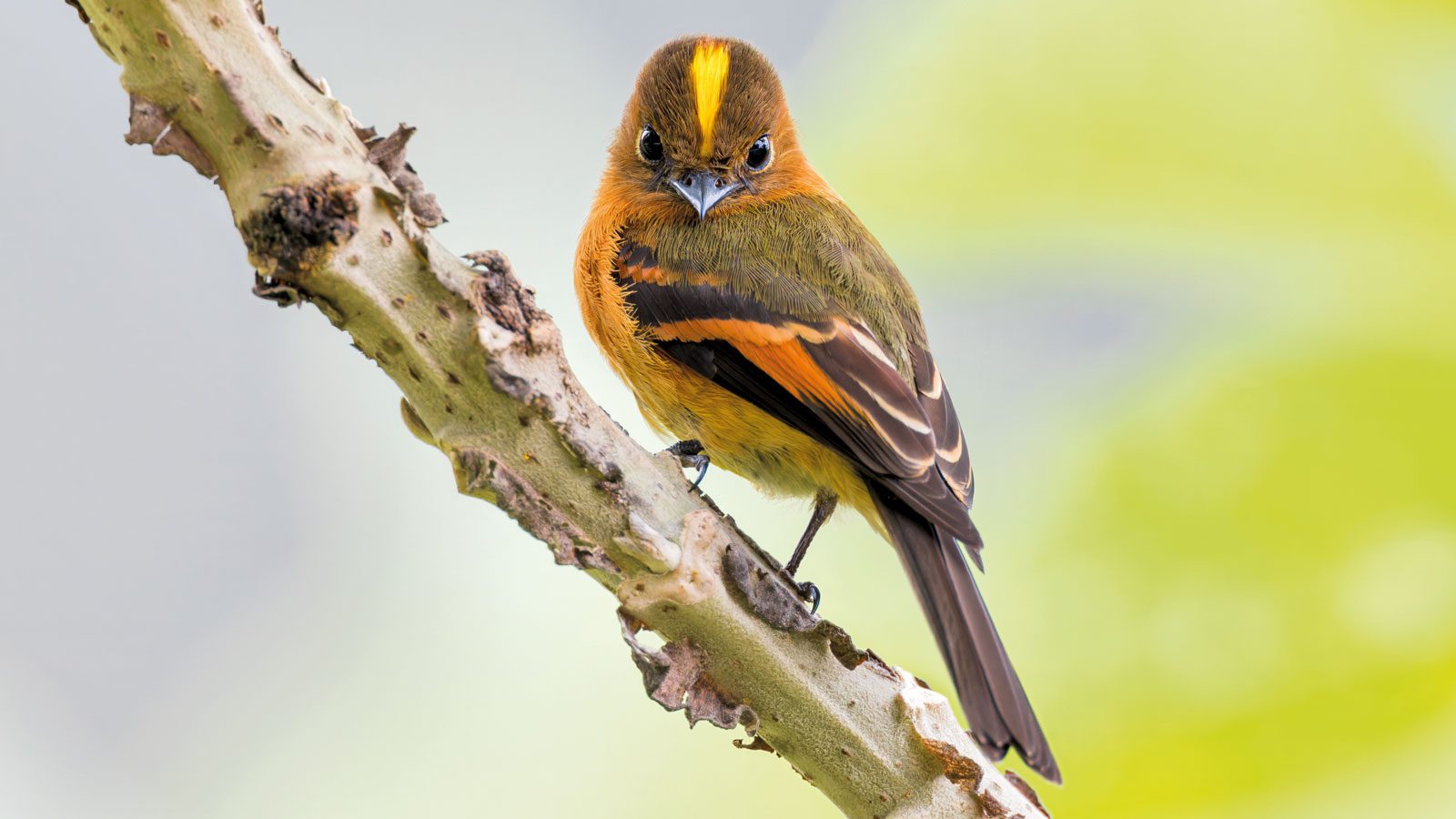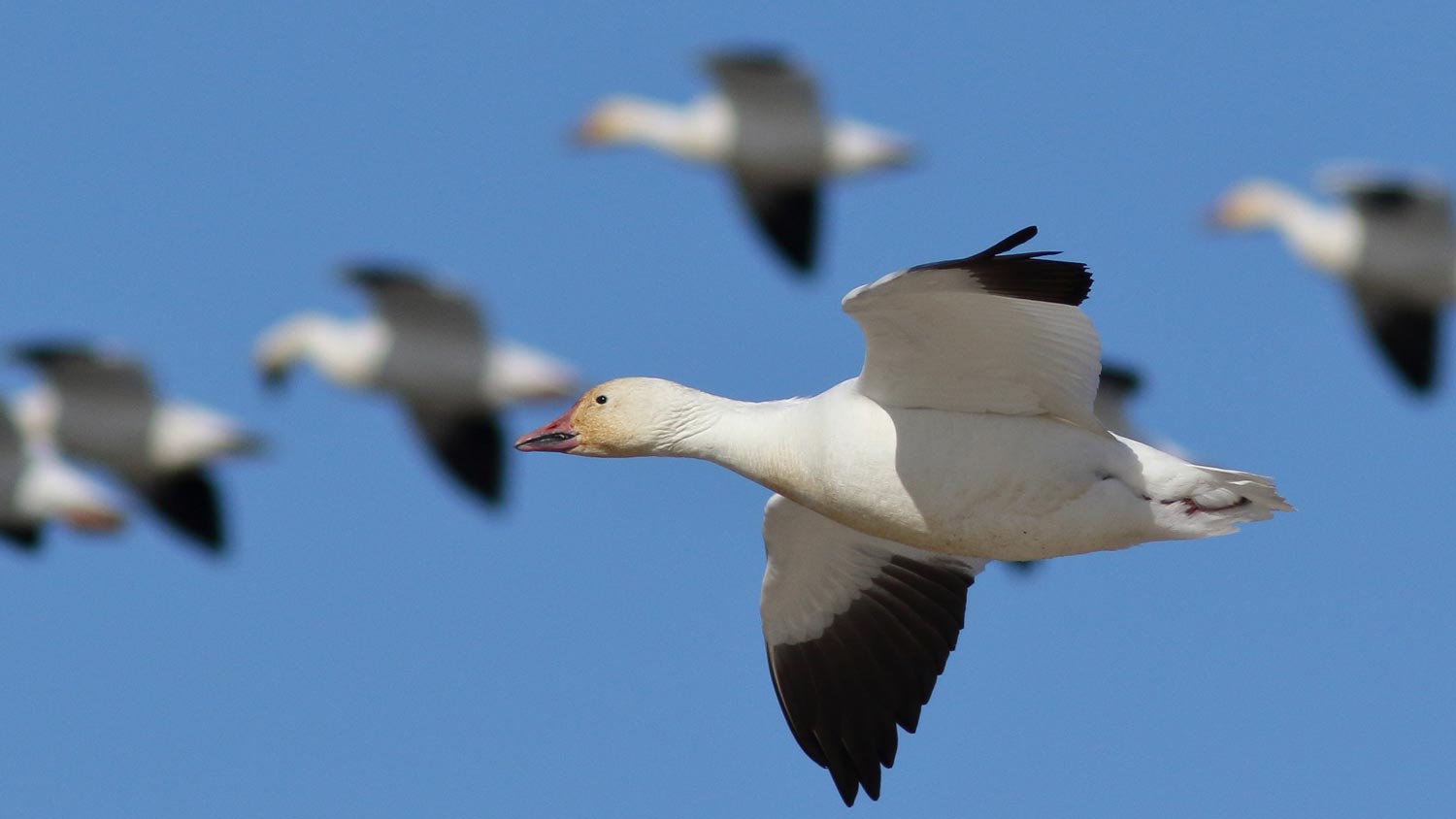Considering how expensive binoculars can be, it’s odd that most companies don’t include operating instructions in the package. Using binoculars is like riding a bike —wonderfully easy, once you have the hang of it.
Virtually all binoculars have several helpful features that allow them to be tailored to different users. This means that before you try to see birds through your binoculars, you need to make a few adjustments. Here’s how:
1) Adjust the Eyecups
The eyecups hold the ocular lenses (the lenses you look through) exactly the right distance from your eyes (this distance is called eye relief), to optimize magnification and cut out peripheral light, making the image clearer and brighter. Extend the eyecups if you don’t wear eyeglasses. Since eyeglasses hold binoculars away from the eyes and let in peripheral light anyway, retract the eyecups if you do wear glasses.
2) Adjust the Barrels
Next, set the barrels of the binoculars to match the distance between your eyes. Looking through them, adjust the barrels until you have a solid image through both eyes. If the width isn’t set properly, your image will black out.
3) Adjust the Diopter
Virtually all binoculars on the market have center focusing, in which a single knob or lever controls the focus for both eyepieces simultaneously. Our eyes are seldom precisely matched, so to accommodate the difference between our two eyes, binoculars also have a diopter adjustment near the optical lens on one side or the other, or as part of the center focus knob. Diopter adjustments are normally numbered from +2 to –2. Here’s how to adjust the diopter so you can use your binoculars without eyestrain:
If you are picking up binoculars for the first time, there are a couple things you might want to think about before you even look at a bird.
First, check to make sure that the distance between the barrels lines up with your eyes. You’re shooting for one circular image when you look through the lenses.
Next, take a look at the eyecups…If you are wearing glasses, you’ll want the eyecups rolled down. If you don’t wear glasses, keep them rolled up.
One last thing that can cause trouble is the diopter. It’s a feature to help compensate for the differences between your eyes, but if it’s not set correctly you’re not going to get the clear view you are looking for. Find the diopter adjustment, usually near the right eyecup—you can either make sure it’s in the center, or set it for your eyes. Set the diopter by covering the right eye and turning the focus wheel so that your left eye is focused on a fixed object. Make sure it’s nice and sharp. Then cover your left eye and look at the same object thru the right eye. If it’s not sharp adjust the right eye diopter accordingly. And you’re set!
From that point forward you will not need to make this adjustment again, but make note of where you set it in case it gets moved out of place. [Musical transition]
When you spot a bird, keep looking at it and lift the binoculars to your eyes. [music fades out] Then turn the focus wheel until the image becomes clear. It’s not a bad idea to practice this a few times even if you aren’t looking at a bird.
Scanning is another great way to find birds. Even if you don’t already see a bird you can use your binoculars to help. Let’s say you are searching a lake for water birds. Lift your binoculars and focus them on the horizon or the far side of the lake. Then slowly pan across the landscape. But be ready for the unexpected bird to pop up…you want to be able to dial that focus in quickly and enjoy the view.
A good pair of binoculars is your most important tool for spotting birds…so find a pair you like and take them with you on your next adventure.[music starts and plays to end]
End of Transcript
- First find the diopter adjustment and set it at zero.
- Find something a good distance away that has clean lines. A sign or something else with letters or numbers is often a good choice.
- Cover the objective lens (the large outside lens of the binoculars) with the lens cap or your hand on the side controlled by the diopter adjustment, and then focus on the sign using the center focus knob. Try to keep both eyes open as you do this.
- Switch hands, uncovering the lens with the diopter adjustment and covering the other lens. Focus again, this time using the diopter adjustment, not the center focus.
- Repeat a couple of times to make sure. After you’re done, your sign should be crisply focused through both eyes.
- Notice the number setting on the diopter adjustment. Sometimes during normal use, the adjustment knob may get shifted, so every now and then when you start using them, check to make sure it’s set where it should be for your eyes.
4) Adjust the Neck Strap
Finally, make the neck strap as short as it can be while still allowing you to use the binoculars comfortably and put them over your head easily. The longer the strap is, the more the binoculars will bounce, and the greater the chance you may bonk them against rocks, tables, and other objects whenever you bend down.
If you’re new to birding, watch our free how-to video series, Inside Birding, to get started on identifying birds with confidence.



